Science Topics
Science Topics
A selection of articles representing various topics of Sun-Earth system science.

CME Initiation, Evolution, and Interplanetary Consequences
HAO scientists have carried out 3D isothermal MHD simulations of the evolution of the large scale coronal magnetic field as a twisted magnetic flux tube is driven (slowly) through the lower boundary into a pre-existing coronal arcade field.
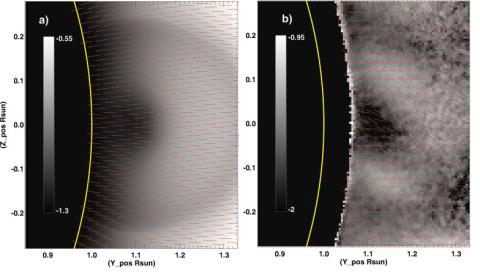
Coronal and Heliospheric Evolution
The magnetic field in the Sun's atmosphere continuously evolves through processes of emergence, diffusion, and reconnection, resulting in ongoing reorganizations of the global coronal/helio- spheric magnetic morphology, as well as in the slow buildup of magnetic energy in twisted or sheared magnetic fields
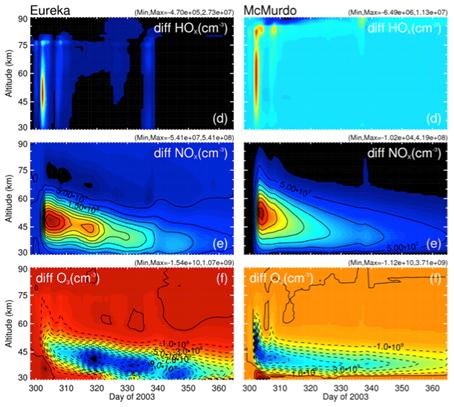
Impact of Energetic Particles on the upper Atmosphere
Energetic particles, namely electrons and protons, released from the magnetosphere cover a wide range of energies from a few electron volts (eV) to hundreds of milli-electron volts (MeV). Precipitating electrons of several kilo electron volts (keV) are deposited in the 90–150 km altitude range, and they are mostly responsible for producing auroras and creating the E-region ionosphere.
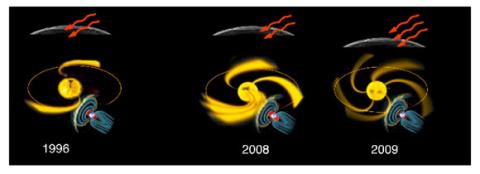
Long-Term Solar Variability
HAO scientists pursue an interdisciplinary, system-wide view on the origins and impacts of solar and stellar cycle variation, with a particular focus on magnetic minima as times of low activity and relatively simple heliospheric structure.
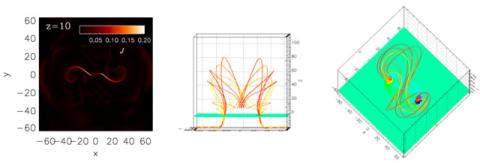
Magnetic Flux Emergence
Understanding the process of magnetic flux emergence through the solar convection zone is crucial for understanding the link between the observed magnetic activities at the surface and the dynamo-generated magnetic fields in the interior.
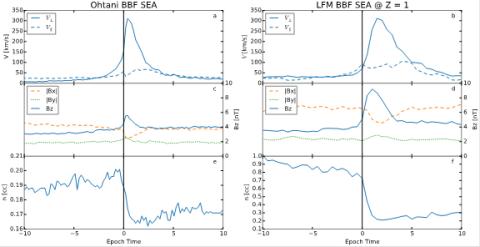
Modeling high-speed flows in the Earth’s Magnetotail
The magnetosphere is created by the interaction between the solar wind and the Earth’s magnetic field. On the dayside of the Earth pressure from the solar wind compresses the Earth’s dipole magnetic field and on the night side this interaction stretches it out forming a region of space commonly referred to as the magnetotail.
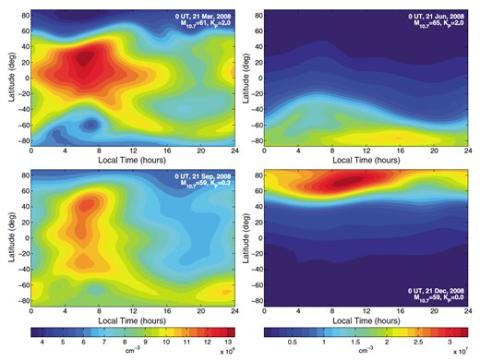
Satellite Drag Physical Modeling for Transition to Operations
The ionosphere and upper atmosphere play a major role in space operations, including communications, navigation, and satellite drag. Satellite drag, the drag force exerted by the tenuous upper atmosphere on orbiting bodies, is the leading cause of error in predicting the locations of objects in low-Earth orbit.
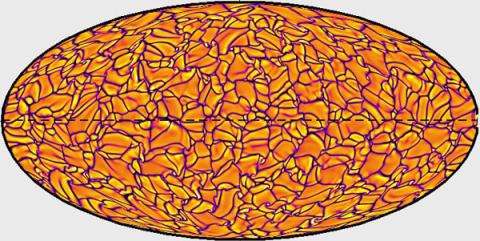
Solar Convection and Mean Flows
Any inquiry into the ultimate origins of solar magnetic activity must soon confront turbulent thermal convection. Convection is a means by which the Sun shines. Energy liberated by nuclear fusion deep in the core of the Sun filters outward by the diffusion of photons. In the outer approximately 30% of the Sun by radius, the solar plasma is cooler and more opaque, making radiative diffusion less efficient. Convection takes over as the primary mechanism by which energy is transported from 0.7 R to the solar photosphere, where it is radiated into space.
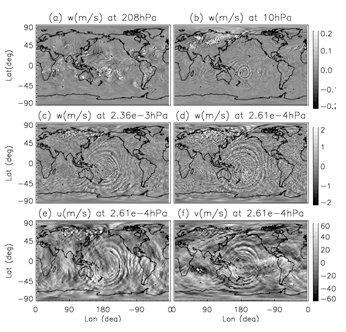
Studying Atmosphere Coupling Using Mesoscale-resolving WACCM
An important pathway for the terrestrial weather to affect the space weather is through atmosphere waves, such as atmospheric tides, planetary waves and gravity waves. The impacts of the planetary-scale waves have been extensively studied observationally and numerically.
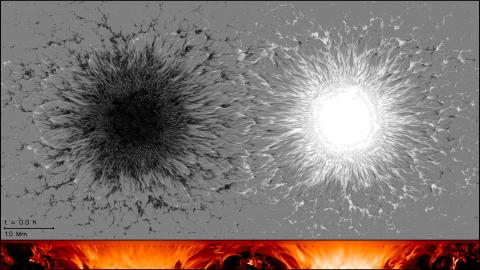
Sunspots and Photospheric Dynamics
Sunspots are the most prominent manifestations of magnetic field in the visible layers of the solar atmosphere. Their origin is a dynamo process operating in the solar convection zone.
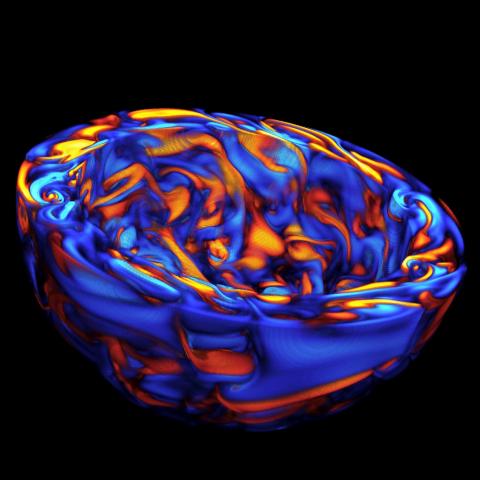
The Sun as a Dynamo
The ultimate origins of solar variability lie below the visible surface, where turbulent convection, differential rotation, and meridional flows work together to produce magnetic fields through the operation of a stellar dynamo, giving rise to the 22-year solar magnetic cycle.